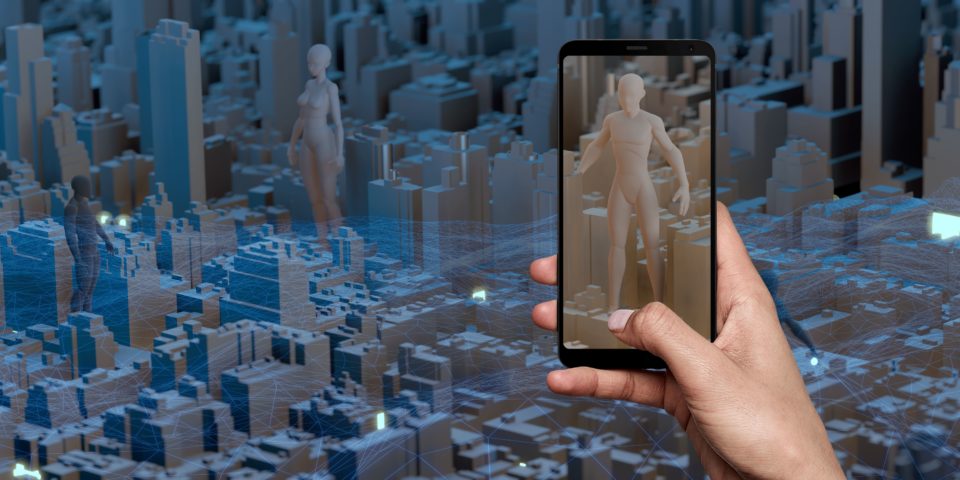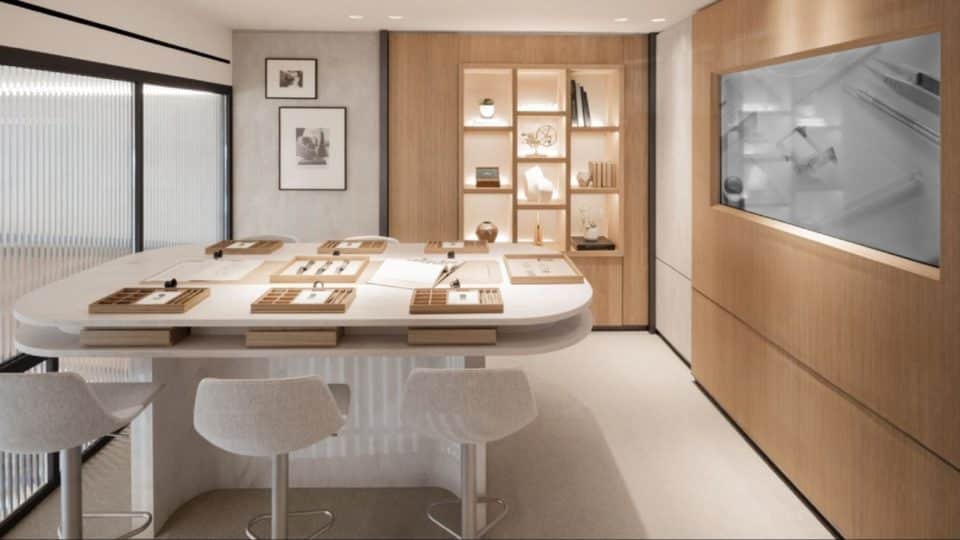Why the perfect path to purchase starts with being seen
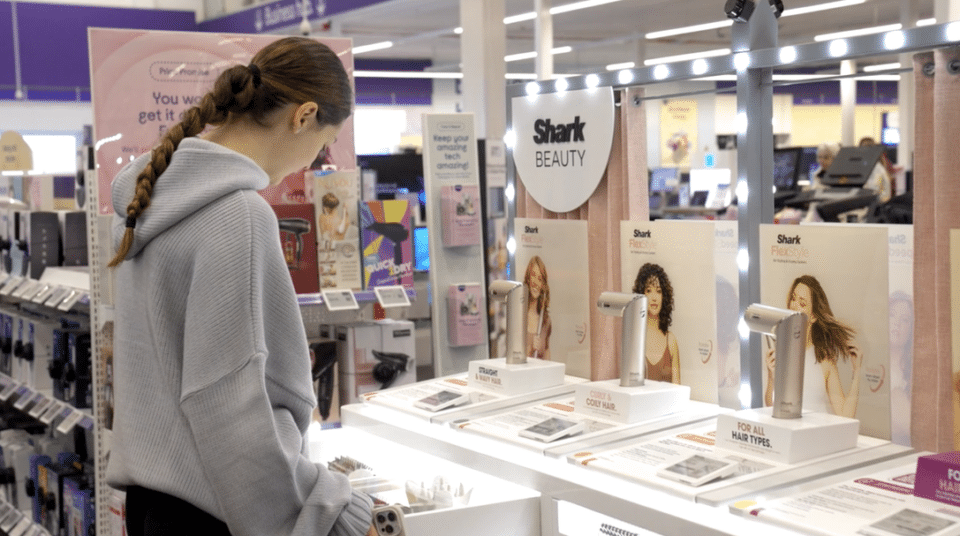
Visibility is the cornerstone of retail. For a customer to be able to buy your products, they have to be able to see you.
Think about the perfect path to purchase:
- Awareness (what is it)
- Consideration (why do I need it/what can it do for me)
- Purchase (where can I get it)
Each step of the process is about being seen.
Customers become aware of the brand or product by seeing it – this might be through advertising, as part of a trend, via consumer buzz, on a retail shelf.
Customers consider a possible purchase by looking at the benefits and claims of a product – this might be through social proof, research, word of mouth, influencers, talking to staff.
Customers make a decision to buy – they find the product online or in-store.
At any point, a lack of visibility can derail the process.
And this doesn’t just mean the customer not being able to find what they need from the brand. It can also be because the brand can’t see their customer.
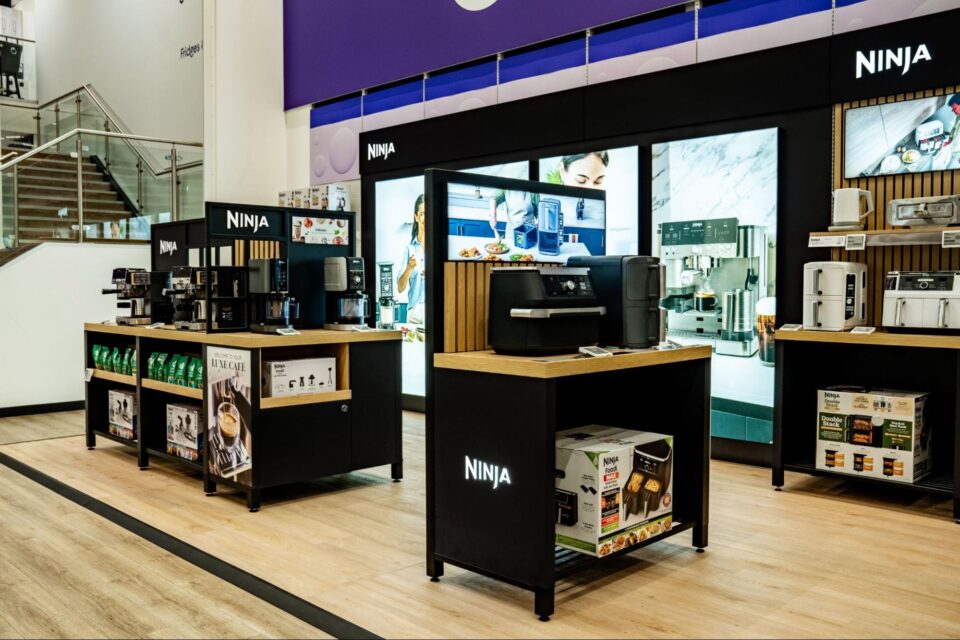
Image courtesy of Valley
The overlooked side of visibility
This might have something to do with the fact that most brands don’t own all the points of purchase that a customer may end up at.
You might have your own website or stores, but you probably also sell through third party retailers and partners. The majority of your sales may happen in their spaces rather than yours.
And you don’t have visibility on what customers are doing when they’re in a retail space that you don’t own. You don’t know how they’re responding to the messaging, how long they dwell for, whether they pick up an item and put it back, or whether they ask for guidance from a staff member.
This gap in information becomes huge when you multiply it across an entire store network.
This means that some brands may genuinely be struggling to understand their customers well enough to create seamless shopper journeys. Or they might see a separation between their activity as a brand and a retailer’s store.
This is a real missed opportunity because the store is a great place to gain the sort of visibility about customer behaviour that is incredibly valuable in developing better paths to purchase.
Thankfully, new developments in display tech make this possible to do at scale – across entire store estates.
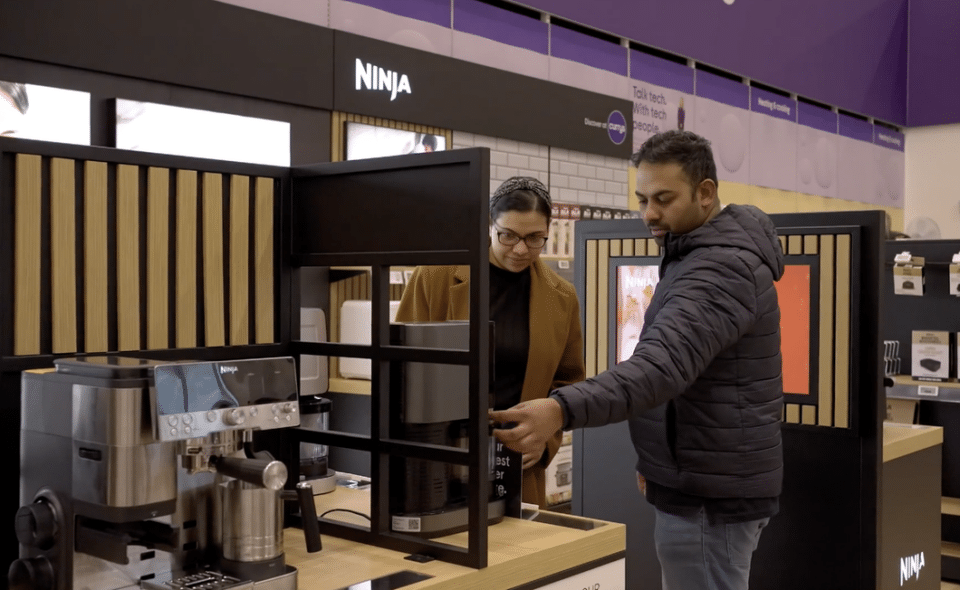
Image courtesy of Valley
Capture data and take action
The challenge with retail tech in stores is that it often doesn’t feel like it’s for the customer. The data that can be gathered may be valuable but the execution doesn’t take into account what customers actually want to do – think magic mirrors on the shop floor.
What’s interesting about display tech is that it has to be customer-first in order for it to be effective. It should be intuitive to use and support the aims of the customer, which is often to work out which product best suits their needs or wants. Or better still, it works ‘behind the scenes’ without requiring a deliberate action to capture behaviour, building a valuable source of data that brands can use across their entire business.
Imagine knowing exactly how many customers picked up or interacted with your product in a specific store on a specific day – without relying on the retailer or their staff to provide you with a report. A report that is likely to be incomplete and without context.
Imagine knowing dwell time. Imagine being able to change digital communications and advertising instantly and measure any changes in interaction or dwell time.
And imagine getting that data from every store your brand is stocked in.
Suddenly, you have a pretty good picture of what customers are doing and what they’re responding to. And you can use this insight to help guide what you do at a higher level.
If customers respond well to certain messaging in stores, then you can amplify across all your channels. Likewise, if something is resonating online, you could push that communication to in-store displays to drive more sales.
Rather than relying on a single view of the customer from one or two channels, you can start to blend all of your understanding of their behaviour into your strategy. You can start to perfect the path to purchase.
But it all starts with being able to see your customer.
Want to know more about how to improve customer visibility in-store and how to drive more sales in retail ? Join our head of trends Jack Stratten for an exclusive webinar, powered by in-store POS experts Valley, on Tuesday 17th June at 10am (BST). Places are limited, register here.

